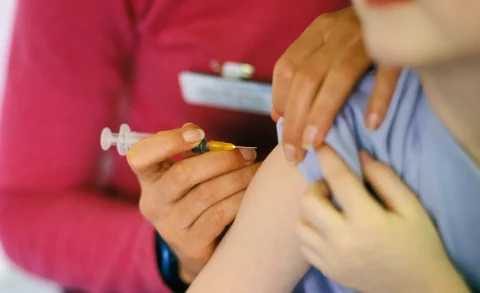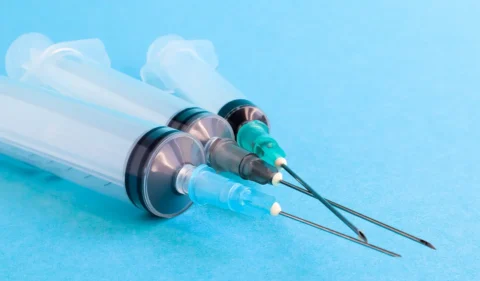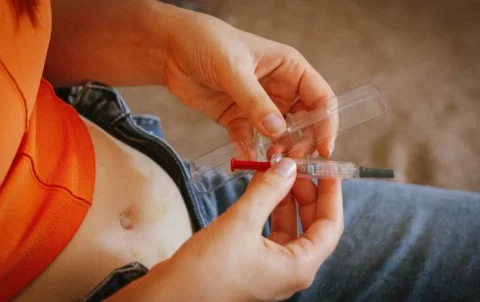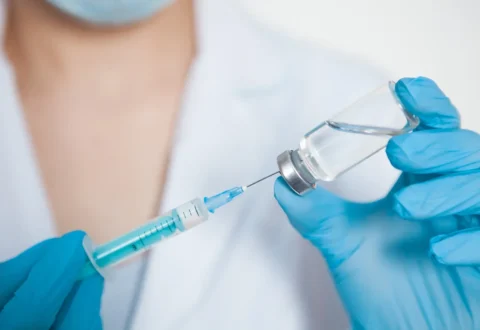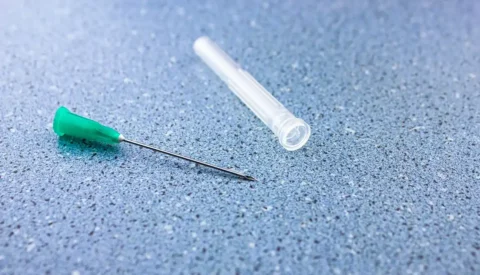Safe and Efficient Practices: Ensuring Public Health and Environmental Safety
Every day, countless needles are used in various healthcare settings for administering medications and drawing blood samples. When these sharps aren’t disposed of correctly, it poses significant risks not only to those who handle them but also to the general public.
It’s crucial that we all understand and adhere to appropriate guidelines when handling such hazardous materials. In today’s article, we’ll discuss the ins and outs of safe hypodermic needle disposal practices.
We’ll cover why it’s so important, review current regulations in place to protect us, and offer practical tips on how you can ensure your facility is compliant with industry standards. By following these best practices, you’re doing your part in reducing potential harm caused by improper needle disposal while simultaneously promoting overall public health and safety.
Types of Sharps
All objects with sharp edges, including but not limited to the items listed below, should be discarded in a designated “sharps container” to protect maintenance and facility personnel from potential exposure. Be aware that EHS Hazardous Materials Management (HMM) offers specialized sharps disposal systems specifically for uncovered syringe/needle assemblies.
- Surgical knife blades
- Hypodermic needles
- Pasteur pipettes
- Contaminated shattered glass
- IV tubing with attached needles
- Capillary tubes
The Importance Of Proper Sharps Disposal
The Importance of Proper Sharps Disposal cannot be overstated, as it directly impacts public health and safety. Ensuring needle safety and promoting sharps awareness are critical aspects in preventing the spread of infectious diseases, accidental injuries, and potential environmental hazards.
When medical professionals, patients who self-administer injections, or anyone handling sharp objects such as needles, syringes, lancets or other similar items fails to dispose of them correctly, they put themselves and others at risk for infections like HIV or hepatitis.
A widespread understanding of proper sharps disposal methods is essential for all individuals involved in the usage of these hazardous items. Healthcare facilities should prioritize educating their staff on safe practices while also providing accessible resources and guidelines for patients.
Furthermore, regulatory agencies must continue to enforce strict policies surrounding needle safety to ensure that healthcare providers maintain a high standard when dealing with sharps waste management.
By working together collectively towards comprehensive sharps awareness and adherence to established protocols, we can significantly reduce the number of accidents related to improper disposal and contribute to a safer environment for everyone involved.
Regulations And Guidelines For Needle Disposal
Proper needle disposal is essential to protect public health and the environment. Adherence to needle regulations and guidelines ensures that used needles, syringes, lancets, and other sharps are safely discarded without causing harm to waste handlers or accidentally contributing to disease transmission. It’s important to stay informed about these rules as they may vary between municipalities, states, provinces, or countries.
To ensure compliance with applicable laws and best practices regarding hypodermic needle disposal, consider the following:
Appropriate containers
- Use puncture-resistant, leak-proof containers specifically designed for sharps.
- Sealable containers such as heavy-duty plastic bottles can be a temporary solution if designated sharps containers aren’t available.
- Do not use glass containers or regular household trash bags.
Proper labeling
- Clearly label all sharps containers with ‘Biohazard’ or ‘Sharps Waste.’
- Include any required information per local regulations (e.g., date of filling).
Safe storage and transport
- Store filled sharps containers in an area inaccessible to children or pets.
- When transporting full containers for proper disposal, secure them inside a vehicle so they do not tip over during transit.
By adhering to established needle disposal guidelines, everyone plays their part in minimizing risks associated with improper handling of medical waste. This collective effort creates safer communities while maintaining environmental responsibility.
THE PERFECT NEEDLES FOR YOUR PATIENTS. CODE “20OFF” FOR 20% OFF YOUR FIRST ORDER!
FACE Med Store supplies countless doctors and clinics with all their supplies, including top-of-the-line hypodermic needles. Get your hypodermic needles at 20% off today!
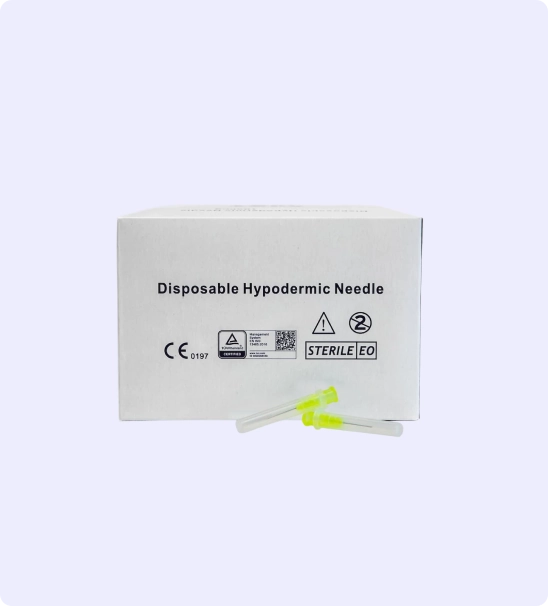
Best Practices For Handling Hypodermic Needles
Understanding the importance of needle safety and disposal awareness is crucial not only for healthcare professionals, but also for individuals who use needles at home. Proper handling and disposing of hypodermic needles can greatly reduce the risk of accidental needlestick injuries, which can lead to serious health consequences such as infections or transmission of bloodborne pathogens.
To ensure optimal needle safety, always handle used needles carefully and avoid recapping them. Instead, place the used needle directly into a designated sharps container – a puncture-resistant, leak-proof, and properly labeled receptacle specifically designed for this purpose.
These containers should be easily accessible in areas where needles are commonly used, whether it’s in a medical facility or your own home. When full, secure the lid on the sharps container before transporting it to an authorized disposal site or arranging for pickup by a certified medical waste disposal company.
By following these best practices consistently, you’ll be playing an essential role in maintaining public health and protecting both yourself and others from potential harm.
Ensuring Compliance In Your Facility
Having addressed the best practices for handling hypodermic needles, it is essential to consider how these guidelines can be put into action within your facility.
Ensuring compliance with needlestick prevention regulations and proper waste management processes will not only protect healthcare workers but also maintain a safe environment for patients.
To achieve this level of safety, an important aspect is implementing secure storage systems within your facility.
Safe storage includes using puncture-resistant sharps containers that are easily accessible and located as close as possible to where needles are used.
Promoting staff awareness through regular training on needlestick prevention techniques such as the use of safety-engineered devices, proper disposal methods, and reporting incidents if they occur is crucial.
By fostering a culture of safety and adherence to established protocols, you can significantly reduce the risk of needlestick injuries while ensuring compliance in your facility.
Conclusion
It’s crucial for us to recognize the importance of proper sharps disposal in maintaining a safe and healthy environment.
By adhering to regulations and following best practices, we can prevent needlestick injuries and protect ourselves from potential infections.
As medical waste disposal experts, we must ensure compliance within our facilities by staying updated on current guidelines and training staff accordingly.
Together, let’s work towards creating safer spaces for everyone involved!
